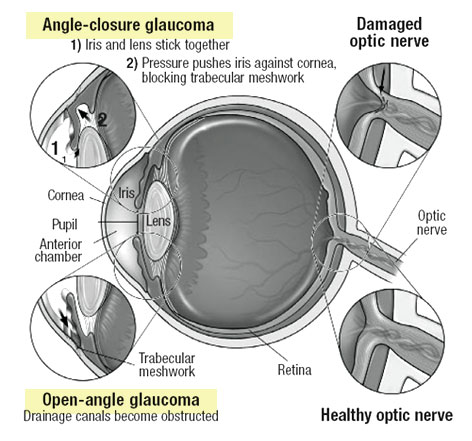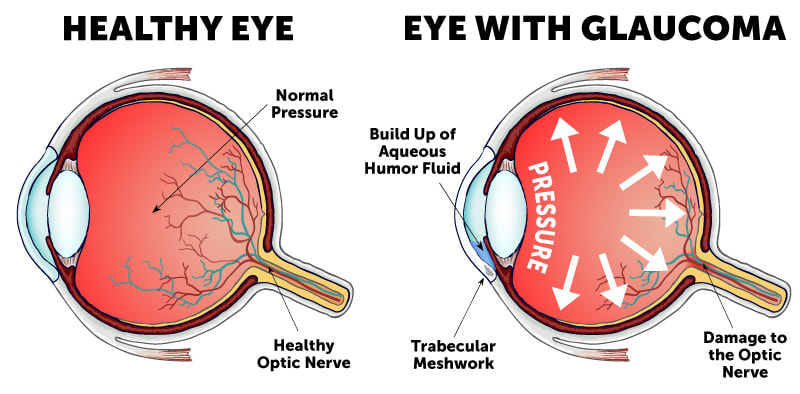Quality Retina Service Near Me: Specialized Care for Retinal Disorders
Understanding the Different Vision Improvement Procedures Available for Clearer Sight
In the realm of vision improvement treatments, a wide variety of options exist to deal with refractive mistakes and provide individuals with clearer view. From the extensively recognized LASIK surgery to less invasive treatments like PRK and implantable lenses, the area of ophthalmology offers a series of strategies tailored to match different requirements and choices. Each treatment comes with its own collection of factors to consider, benefits, and possible risks. Understanding the nuances of these vision improvement methods is vital for making educated decisions regarding one's aesthetic wellness. Allow's discover the intricacies of these procedures and dropped light on the path to accomplishing enhanced vision clearness.
LASIK Surgical Treatment
LASIK surgical procedure is a typical refractive treatment utilized to correct vision troubles such as farsightedness, nearsightedness, and astigmatism. This surgical method, which stands for Laser-Assisted in Situ Keratomileusis, aims to improve the cornea to boost exactly how light is concentrated on the retina, eventually boosting vision quality.
One of the main benefits of LASIK surgical treatment is the rapid enhancement in vision experienced by patients. Lots of people observe a considerable improvement in their eyesight promptly after the treatment. Furthermore, the majority of patients report very little pain and pain during the surgical treatment and healing duration. The recovery time for LASIK is fairly fast, with many people going back to their daily tasks within a day or 2 post-operation. In general, LASIK surgery is a prominent selection for people looking for a long-term solution for their vision issues.
PRK Procedure
While additionally a typical refractive treatment, the PRK (Photorefractive Keratectomy) method differs from LASIK surgical procedure in its method to correcting vision troubles. In PRK, instead of developing a flap on the cornea, the outer layer of the cornea, called the epithelium, is entirely removed. This permits the laser to reshape the cornea to remedy refractive mistakes such as farsightedness, astigmatism, and nearsightedness straight on the surface.

Despite the longer healing time, PRK can yield excellent lead to vision improvement, making it an important alternative for those that may not appropriate prospects for LASIK surgery.
Implantable Lenses
In contrast to PRK where the cornea is improved straight, implantable lenses supply another method for fixing vision by placing fabricated lenses inside the eye. This procedure is specifically helpful for people with high levels of nearsightedness, farsightedness, or astigmatism who might not be suitable prospects for laser surgical treatments like LASIK or PRK.
Implantable lenses, also known as phakic intraocular lenses, work by supplementing the eye's all-natural lens with an artificial one. retina service near me. These lenses can be put in front of the natural lens (anterior chamber) or behind the iris and in front of the natural lens (posterior chamber) By changing the power and positioning of these lenses, ophthalmologists can successfully correct refractive errors and enhance aesthetic acuity
One advantage of implantable lenses is that they are detachable and exchangeable, offering flexibility for future changes. As with any medical procedure, there are risks included, such as infection or cataract formation. Clients thinking about implantable lenses ought to seek advice from an eye care expert to figure out the most suitable option based upon their private requirements and eye health.
Corneal Rings
Corneal rings, additionally called intracorneal ring segments, are small, clear gadgets put right into the cornea to deal with vision distortions such as keratoconus. Keratoconus is a condition where the cornea thins and protrudes outside, triggering vision to become distorted. The insertion of corneal rings aids to flatten the cornea, boosting visual acuity and reducing the irregular astigmatism brought on by keratoconus.
The treatment for inserting corneal rings is reasonably quick and minimally invasive, commonly carried out as an outpatient treatment. Throughout the surgical procedure, the ophthalmologist makes a little laceration in the cornea and inserts the rings at a specific depth. As soon as in place, the rings aid to reshape the cornea, providing a smoother surface area for light to get in the eye, which can result in clearer vision.
Corneal rings are considered a reversible procedure, as they can be gotten rid of or replaced her latest blog if needed. eyecare near me. While they might not entirely eliminate the need for glasses or get in touch with lenses, corneal rings can significantly improve vision quality and total aesthetic convenience for people with keratoconus or other corneal irregularities
Refractive Lens Exchange
Complying with the modification of corneal abnormalities with treatments like corneal rings, another vision correction technique that check it out can address refractive errors is Refractive Lens Exchange (RLE) RLE is a medical treatment that entails changing the eye's natural lens with a fabricated intraocular lens (IOL) to correct refractive errors such as presbyopia, farsightedness, and nearsightedness. This treatment is specifically helpful for people who might not appropriate candidates for procedures like LASIK or PRK because of elements such as thin corneas or high refractive errors.

Verdict
In conclusion, there are different vision correction procedures readily available to aid people accomplish clearer sight. LASIK surgical procedure, PRK procedure, implantable lenses, corneal rings, and refractive lens exchange are all alternatives that can deal with various vision issues. It is essential for people to seek advice from their eye treatment provider to identify the most appropriate treatment based upon their details needs and preferences. With developments in technology, accomplishing enhanced vision is now much more easily accessible than ever.
In the world of vision modification treatments, a wide variety of choices exist to attend to refractive errors and offer individuals with clearer view.LASIK surgical procedure is a typical refractive procedure used to deal with vision troubles such as astigmatism, farsightedness, and nearsightedness.While additionally a typical refractive procedure, the PRK (Photorefractive Keratectomy) technique varies Bonuses from LASIK surgical treatment in its method to correcting vision troubles.Complying with the correction of corneal abnormalities with procedures like corneal rings, one more vision modification technique that can resolve refractive errors is Refractive Lens Exchange (RLE) LASIK surgery, PRK treatment, implantable lenses, corneal rings, and refractive lens exchange are all choices that can resolve different vision issues.